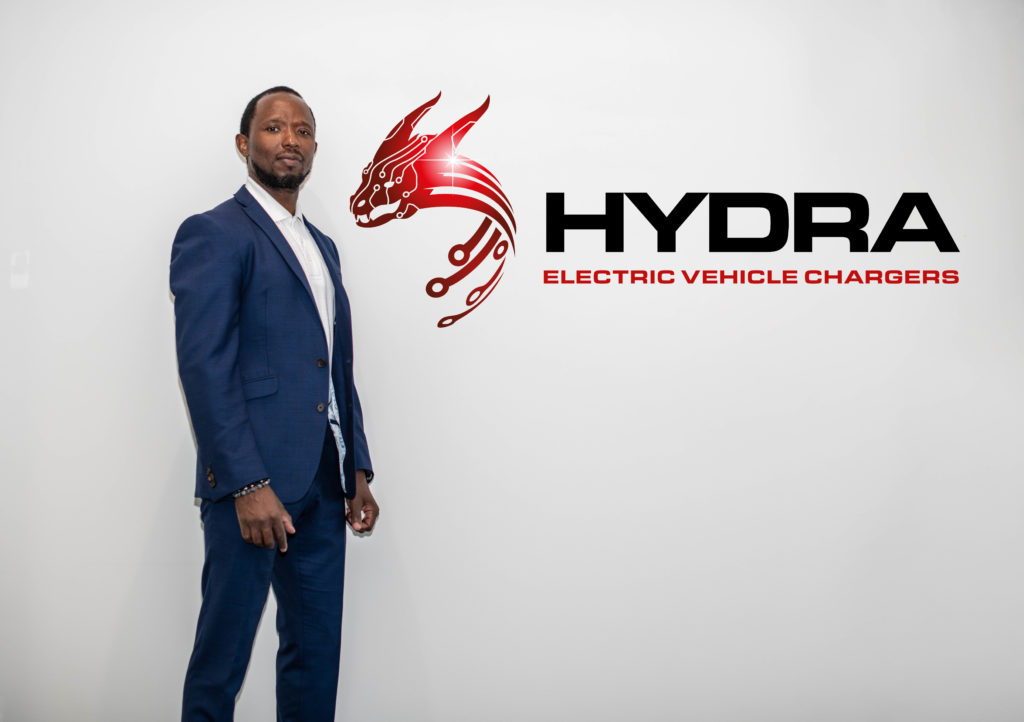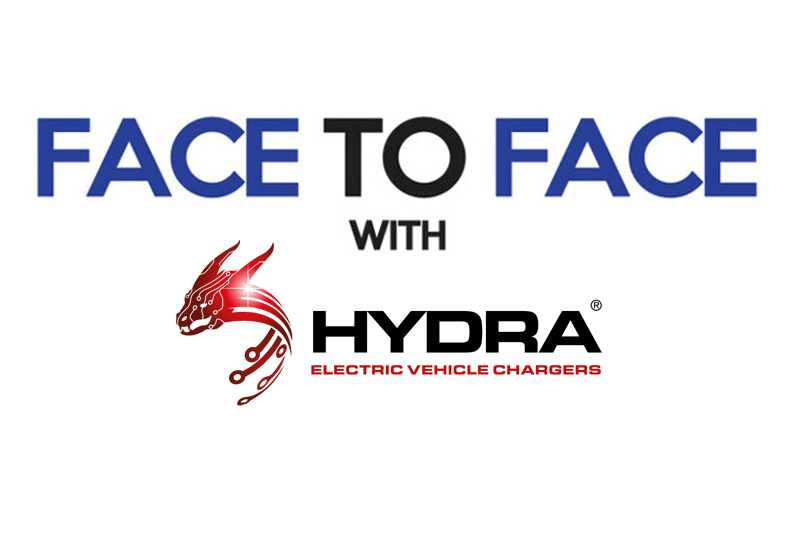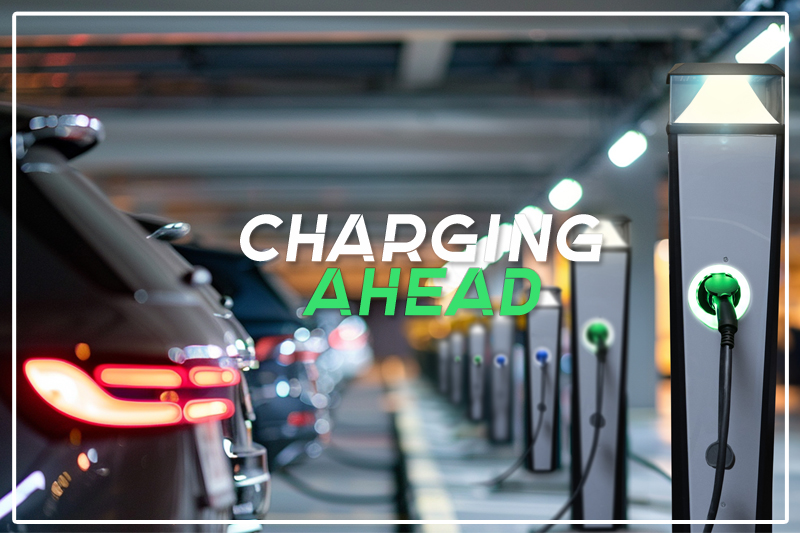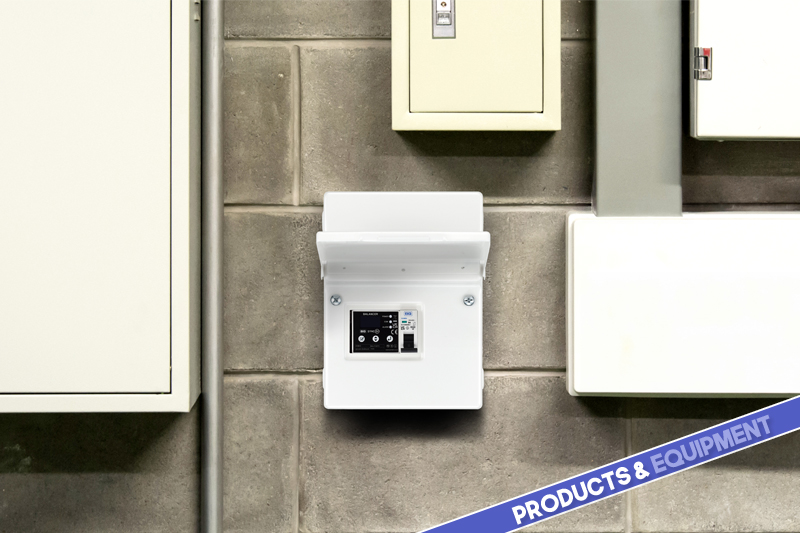PEW sat down with Steven South of Hydra EVC to discuss EV charging infrastructure and the future of the industry.
Q. How was the Hydra EVC brand formed?
We have other companies which specialise in supplying MID electric meters: Smart Process & Control Ltd and JSG Metering solutions Ltd were founded on two main principles, delivering high quality products to the industry whilst providing excellent customer service which is second to none.
Over the past few years we noticed an increasing demand from the EV sector buying our MID meters for installation into EV chargepoints.
After looking into the market and the existing chargers on offer we decided to pool our combined 25 years experience in the electrical industry and apply our market-leading reputation for great service to tackle this aggressively expanding arena.
Q. What’s the difference between a charger and charge point?
The terms charger and chargepoint have become interchangeable but people seem to have adopted ‘charger’ as a catch-all term for anything that you connect an EV to whereas charge point is usually referring to a public access point such as a service station.
Technically this is incorrect. Every Electric Vehicle has an onboard charger which takes the AC feed, converts it to DC and recharges the batteries. So if the ‘charger’ outputs AC then it is really a charge point, it simply provides a point where the EV can connect to. Although it has pretty sophisticated systems built in for metering and monitoring the electricity and for communicating with the vehicle, a smart-phone app and possibly a cloud-based management facility, all of the charging is handled by the EV itself.
If the charger outputs a DC current – like the rapid chargers seen at motorway services – then the onboard charger is bypassed and the charger connects directly to the battery. So, in reality, only DC charge points are ‘chargers’.
Q. With so many charging products now on the market, what advice would you give to wholesalers when deciding on the best options to stock?
There certainly is no shortage of available products on the market, with new manufacturers and updated models being added all the time. For wholesalers the main considerations are obviously price and availability. Features, specification, aesthetics and attractive packaging are all part of the mix but availability is everything. If it isn’t on the shelf they cannot sell it.
Another consideration is a streamlined range: tethered (complete with charging cable) or socket-only should be the only choice. A product with 12 different variations is not very helpful in a wholesale environment.
Technical support is paramount, with a growing and fast-changing sector like EV charging the wholesaler needs to be able to depend on support from the supplier.
And then there’s the legal aspect to it, all charging products have to conform to Government regulations and these are being constantly updated, so a unit that was OK to sell back in April 2022 may no longer have been compliant in July and there’s more regulations coming into force in December ’22, so wholesalers need to ensure they are not left with redundant stock.
At Hydra we have deliberately kept things simple. For the domestic Hydra Zodiac we offer three colour options in tethered or socket only. We also keep a good level of stock in our warehouse in Essex available for next day delivery.

Q. Does the installation of EV charging infrastructure require specialist knowledge and how do electricians go about becoming recognised installers?
Obviously the installer needs to be a qualified electrician. There is legislation on the horizon that will require that the installer is qualified to 18th Edition. For domestic, residential and workplace installations it is sufficient for a qualified electrician to have taken an additional course about installing EV charge points. Organisation such as NAPIT offer these as well as other further education centres. It is usually just a one or two day course.
While installation is straightforward, the installer needs to be familiar with issues such as load-balancing and communications so that the charge point can connect to wi-fi and Bluetooth or be connected via RJ-45 Ethernet.
Integration with solar panels or domestic battery storage units is another area where training may be required.
Q. As the number of electric vehicles on our roads continues to grow, can the UK’s existing charging infrastructure cope with a significant uptick in demand?
It is estimated that there are currently over half-a-million pure EVs on the roads and 800,000 plug-in hybrids. This is only going to grow with an increase of EV sales as prices come down.
The current public charging infrastructure works well in most areas but is non-existent in others. The government and several of the larger national Charge Point Operators (CPO) have big plans to roll out more chargepoints across the country. Supply must keep up with demand and the government is offering generous grants to subsidise costs for a wide variety of installations.
Installation of home-charging units is an obvious growth area – especially now that all new build homes must include an EV chargepoint – but there is also a growing demand for workplace charging which would allow people can recharge while at work and ‘destination charging’ which refers to people being able to recharge when they visit restaurants, hotels, theme parks and other tourist attractions.
Q. What are your business goals for the year ahead?
Our first year in the EV sector has been successful for us and if nothing else has shown the massive potential for growth into areas that we had not even considered. So, while our best-selling Hydra Zodiac continues to be the main focus for residential and domestic charging the markets for our other specialist commercial chargers is growing. Luckily, we offer a wide range of solutions so have been able to cater to all demands.
We have ambitious plans for 2023 including new products and several national and international projects in development, and our team is ready to deliver results.
To find out more about Hydra EVC, click here






